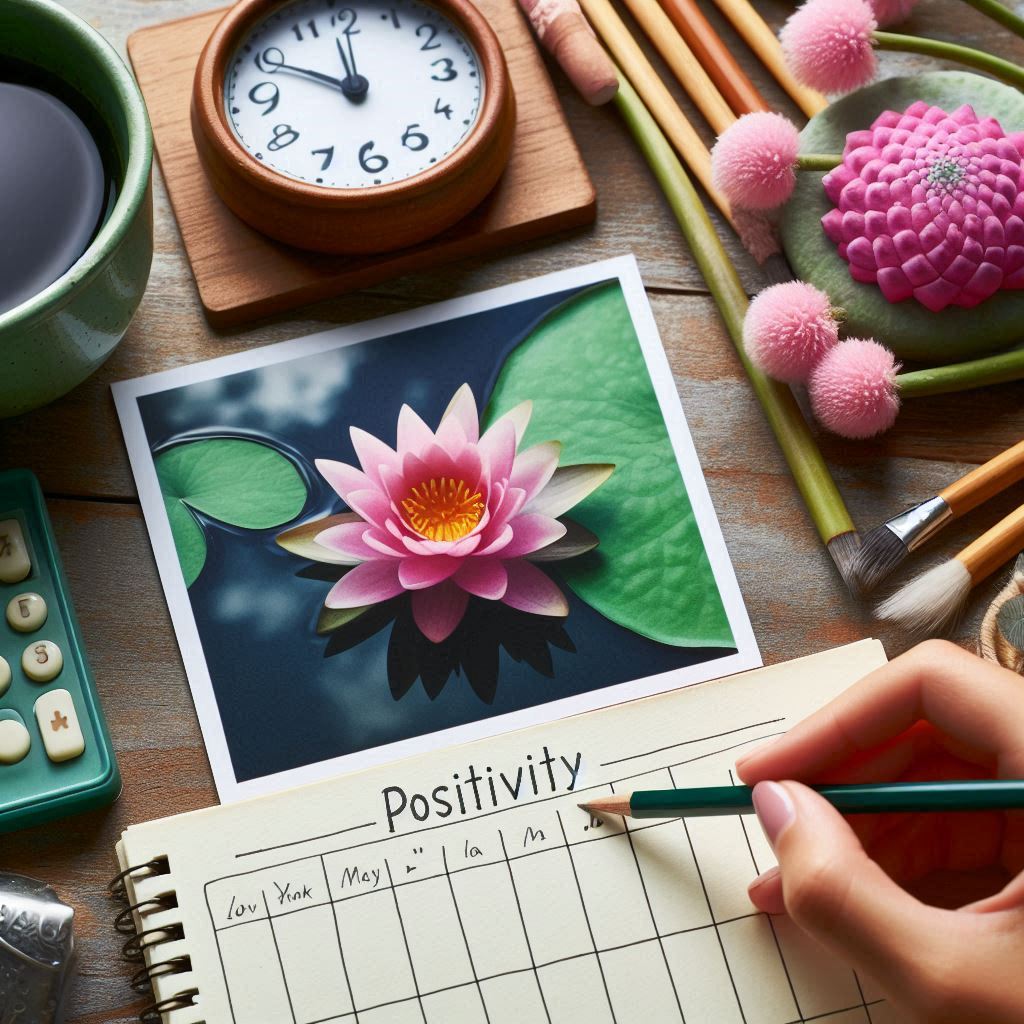Types of Yoga Sequences for Different Styles
Different yoga styles feature specific sequences that emphasize various aspects of the practice. Understanding these sequences can help you choose the right practice for your needs and preferences.
Hatha Yoga Sequences
- Focus: Foundational sequences that combine various postures and breathing techniques.
- Intensity: Gentle to moderate.
- Benefits: Improves flexibility, strength, and balance; reduces stress; enhances mind-body awareness.
- Typical sequence structure: Warm-up, standing poses, balancing poses, seated poses, gentle backbends, and relaxation.
- Ideal for: Beginners, those seeking a balanced approach to yoga, or anyone looking to build a strong foundation.
"Hatha yoga sequences provide an excellent foundation for beginners, introducing fundamental poses at a manageable pace while emphasizing proper alignment and breathing techniques."
Vinyasa Yoga Sequences
- Focus: Dynamic flow of poses synchronized with breath.
- Intensity: Moderate to vigorous.
- Benefits: Builds strength and endurance; improves cardiovascular health; enhances flexibility; develops breath awareness.
- Typical sequence structure: Sun salutations, standing sequence, peak pose preparation, peak pose, counter poses, cool down.
- Ideal for: Those seeking a more active practice or practitioners who enjoy creative flowing sequences.
"Vinyasa sequences create a moving meditation, with continuous flow between poses establishing a rhythm that quiets the mind while strengthening the body."
Ashtanga Yoga Sequences
- Focus: Six established series of postures practiced in the same order each time.
- Intensity: Vigorous.
- Benefits: Builds strength, endurance, and discipline; promotes detoxification; enhances mental focus.
- Typical sequence structure: Opening sequence (sun salutations A and B), standing sequence, sitting sequence, finishing sequence, and closing sequence.
- Ideal for: Those seeking a rigorous and structured practice or practitioners looking to build significant strength and stamina.
"The consistent structure of Ashtanga sequences allows practitioners to observe subtle changes in their bodies and minds over time, making it a powerful tool for self-study and personal growth."
Iyengar Yoga Sequences
- Focus: Precision in alignment and use of props.
- Intensity: Varies depending on the practitioner's level.
- Benefits: Improves posture and alignment; addresses imbalances; develops body awareness; builds strength methodically.
- Typical sequence structure: Often organized by pose type (standing, seated, twists, inversions) with careful attention to sequencing for maximum benefit.
- Ideal for: Those with injuries or specific physical conditions, or students who appreciate detailed instructions.
"Iyengar sequences teach you to tune into subtle aspects of each pose, creating a mindful practice that builds exceptional body awareness and can be therapeutic for many conditions."
Yin Yoga Sequences
- Focus: Holding passive poses for longer periods (3-5 minutes or more) to target connective tissues.
- Intensity: Gentle, but can be challenging mentally.
- Benefits: Increases flexibility; releases fascial restrictions; improves joint mobility; encourages mindfulness and patience.
- Typical sequence structure: Often organized by target area (hips, spine, shoulders) or by Traditional Chinese Medicine meridian lines.
- Ideal for: Athletes looking to improve flexibility, people with tight muscles, or anyone interested in a meditative practice.
"The long holds in Yin sequences create space for introspection and teach patience, making it as much a mental practice as a physical one."
Restorative Yoga Sequences
- Focus: Deep relaxation through fully supported poses.
- Intensity: Very gentle.
- Benefits: Deeply reduces stress; supports the nervous system; improves sleep; promotes overall healing and well-being.
- Typical sequence structure: A small number of supported poses (often just 4-6 in a 75-minute practice) held for 5-10 minutes each.
- Ideal for: Those recovering from illness or injury, individuals with high stress levels, or as a complement to more vigorous practices.
"Restorative yoga sequences are the practice of deliberate stillness; they teach the body and mind how to truly relax, something many of us have forgotten in our busy lives."
Yoga Sequences for Specific Purposes
Beyond style-specific sequences, yoga practices can be tailored to address particular needs or goals:
Morning Energizing Sequences
- Focus: Awakening the body and mind, building energy.
- Key elements: Sun salutations, gentle backbends, standing poses.
- Benefits: Increases energy, improves focus, sets a positive tone for the day.
Evening Unwinding Sequences
- Focus: Releasing tension, preparing for rest.
- Key elements: Forward folds, gentle twists, supported poses.
- Benefits: Reduces stress, calms the nervous system, improves sleep quality.
Stress Relief Sequences
- Focus: Calming the nervous system, releasing tension.
- Key elements: Slower-paced movement, breath awareness, gentle inversions.
- Benefits: Lowers cortisol levels, reduces anxiety, promotes mental clarity.
Strength Building Sequences
- Focus: Building muscular strength and endurance.
- Key elements: Longer holds, challenging poses, core work.
- Benefits: Increases overall strength, improves posture, builds confidence.
Flexibility Enhancing Sequences
- Focus: Increasing range of motion and suppleness.
- Key elements: Longer holds, progressive stretching, props for support.
- Benefits: Improves flexibility, releases tension, may help prevent injuries.
Creating Your Own Yoga Sequences
As you become more familiar with yoga, you might want to create your own sequences. Consider these principles:
- Begin with centering: Start with a few moments of stillness to connect with your breath and set intentions.
- Warm up gradually: Begin with gentle movements that prepare the body for more challenging poses.
- Follow a logical progression: Move from simple to complex, building toward peak poses if desired.
- Balance effort with ease: Include both challenging poses and restorative elements.
- Consider counter poses: After deep backbends, include forward folds; after twisting to one side, twist to the other.
- End with relaxation: Always include time for savasana (corpse pose) to integrate the benefits of your practice.
Remember that the most effective sequence is one that meets your current needs and respects your body's limitations while gently encouraging growth.

